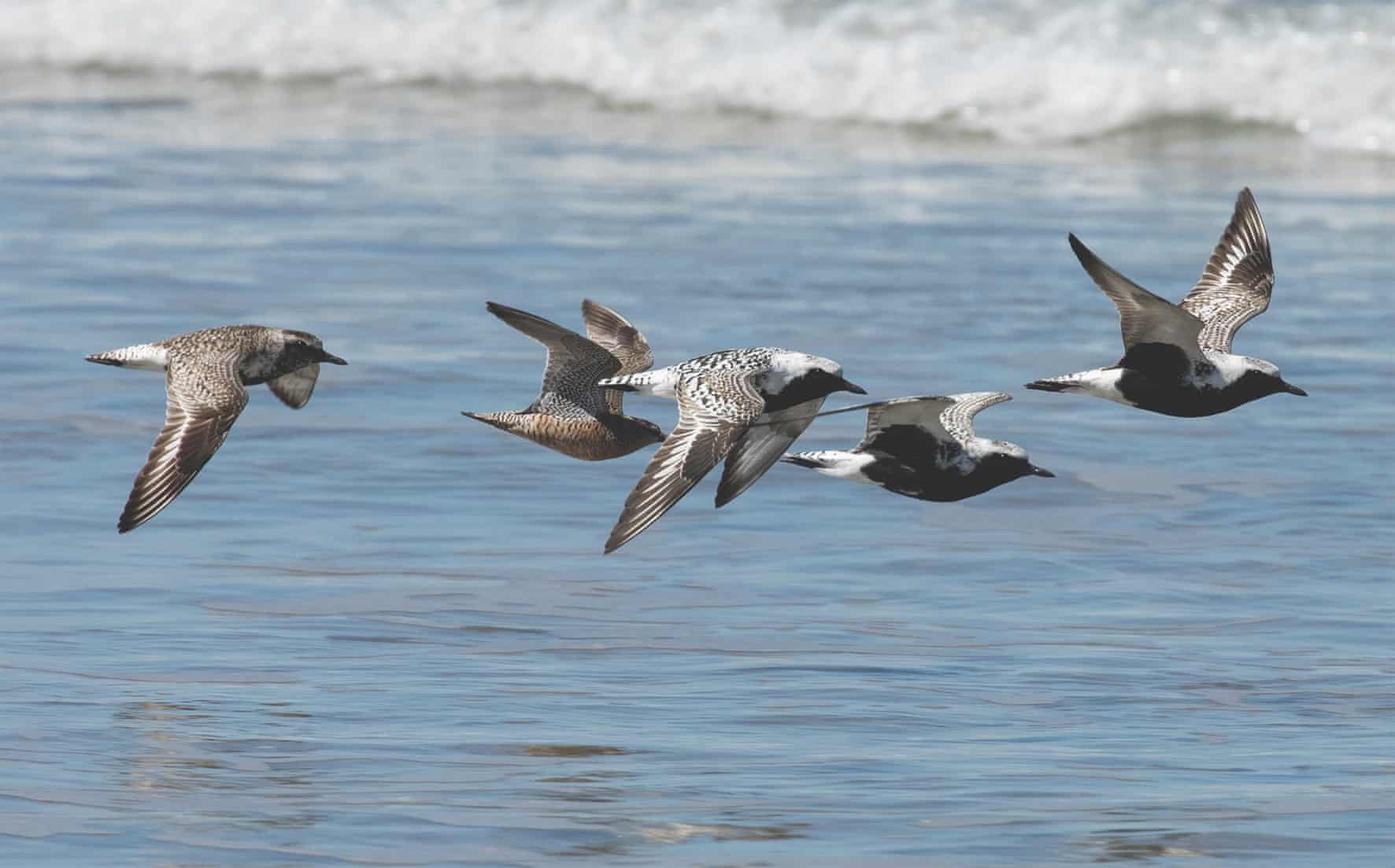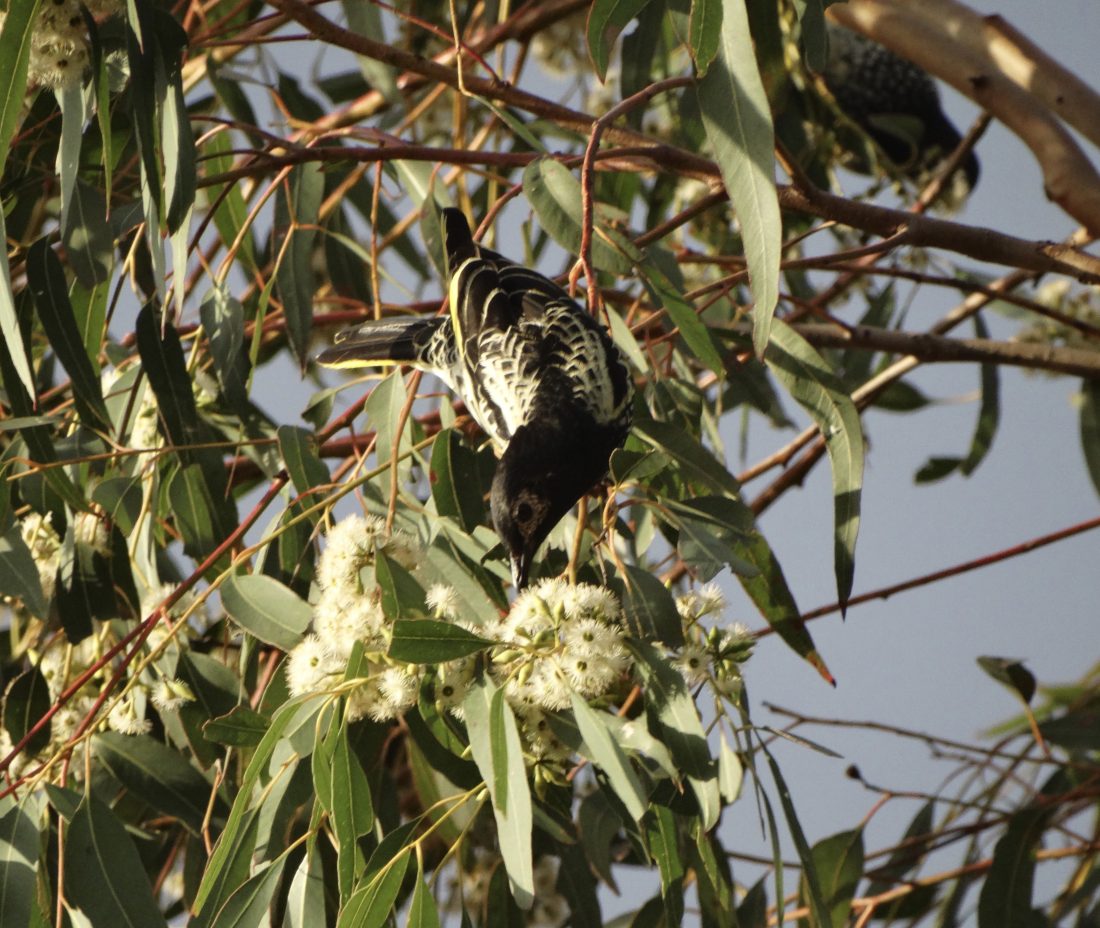In search of Australia’s newest mystery bird
For 100 years, the Night Parrot was the undisputed mystery bird of Australian ornithology. Until the discovery and subsequent study of a tiny population in Queensland’s far west in 2013, two specimens found by the side of remote outback roads in 1990 and 2006, also in Queensland, were the only hard evidence of its continued existence.
With the parrot now present and accounted for, there remains one Australian bird that has never been photographed: the Buff-breasted Buttonquail. Like the Night Parrot, it has gone a full century undetected. The last undisputed record was a specimen shot by the legendary naturalist William McLennan near Coen in far north Queensland, in February 1922.
It may even be the first Australian bird condemned to extinction since the Paradise Parrot – yet another Queensland species, which was last seen alive in the 1920s.
Buttonquail are a small family of ground-dwelling, polyandrous species that resemble but are not closely related to “true” quail (part of a much larger group that also includes pheasants and chickens). Distributed from sub-Saharan Africa across Asia and Australia, buttonquail mostly live in grasslands, fly only when disturbed and are not often seen.
Despite its enigmatic status, the Buff-breasted Buttonquail (Turnix olivii) is not a sexy species.… Read more..
In search of Australia’s newest mystery bird Read More »

